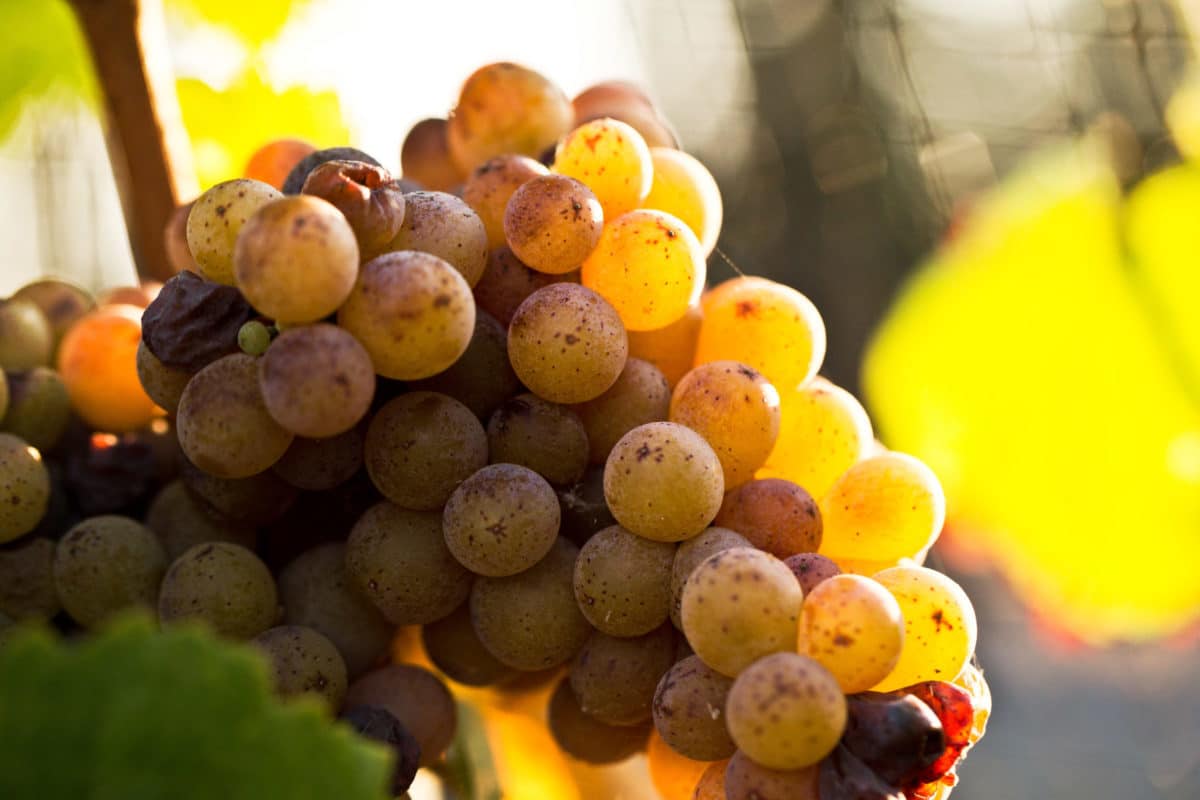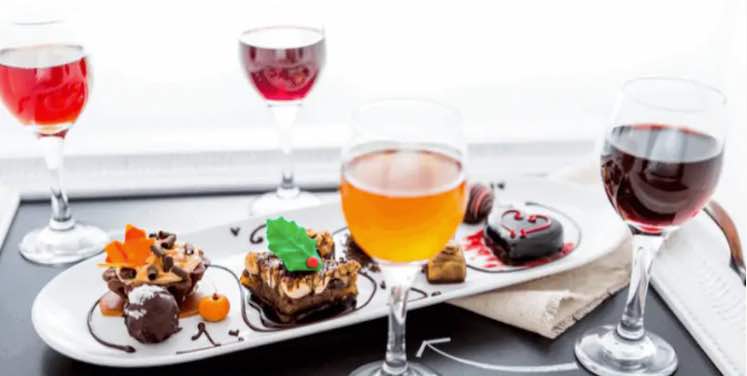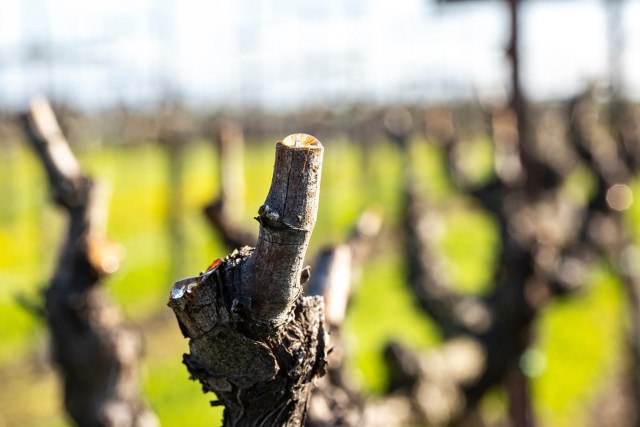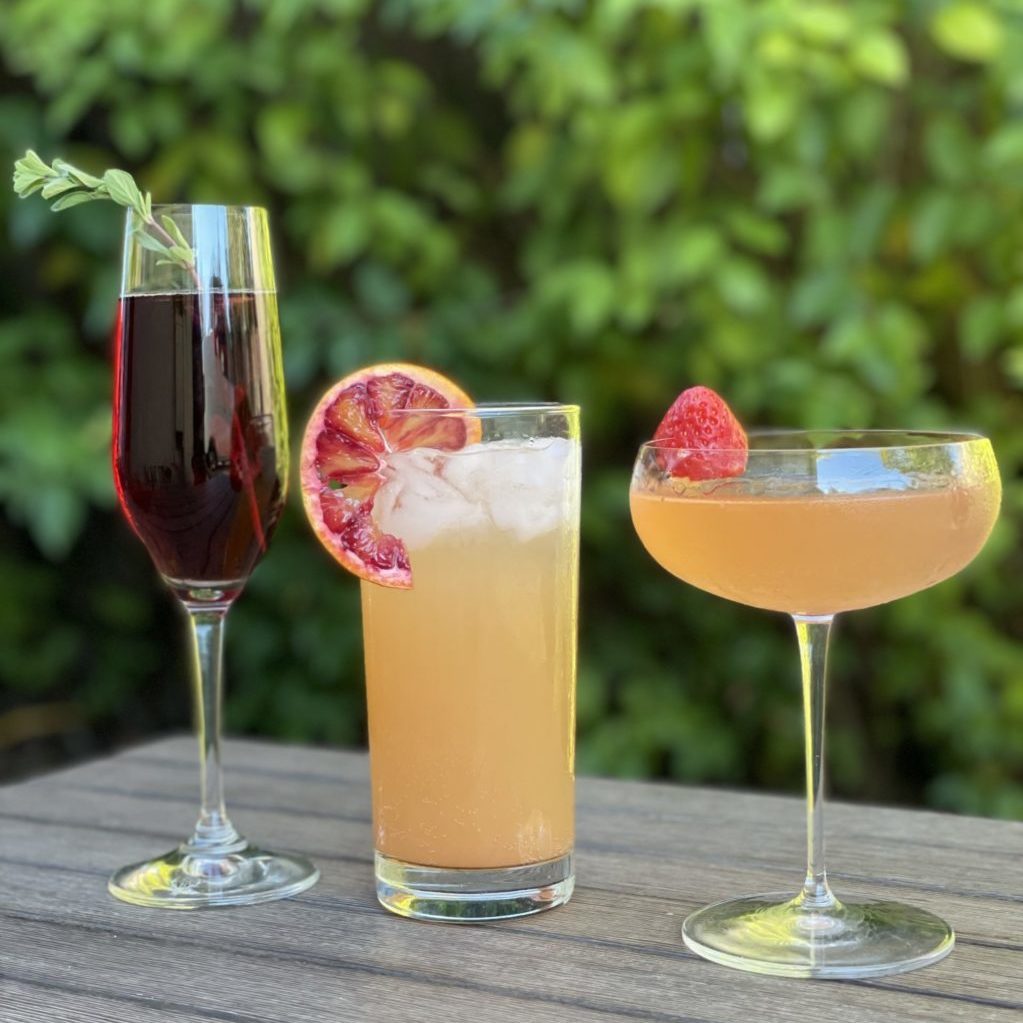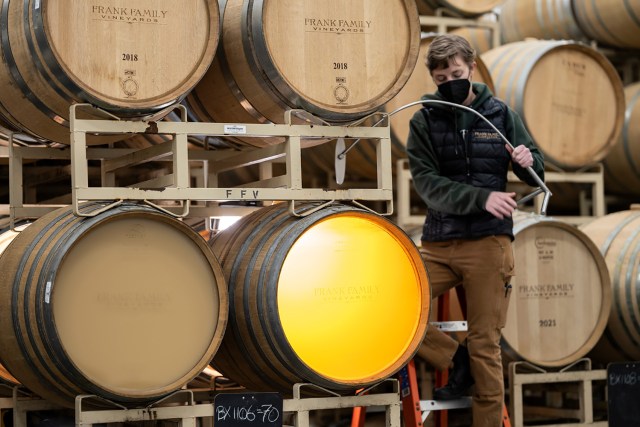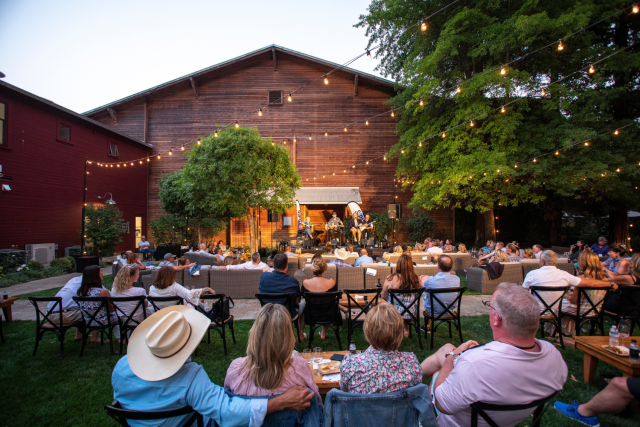What is a Late Harvest Wine? Late harvest wines are made from grapes that have a high level of sugar content because they have been left on the vine for an extended amount of time. The longer a grape remains on the vine the sweeter they become as each individual grape dehydrates and the sugar content becomes more concentrated. Late harvest grapes (typically picked 1-2 months after the regular harvest time) are used to make a wine that contains both higher residual sugar and higher potential alcohol than standard table wines. Technically, any wine grape can be harvested late but generally certain grapes are used because of their ability to process exceptionally high-quality late harvest wines that are a balance of sweetness and flavor.
What makes a wine sweet? – Residual sugar
What is residual sugar? – The sugar that has not been fully converted to alcohol during the fermentation process.
How does fermentation work? – Yeast cells consume the sugar in the grape juice to produce alcohol and CO2. The yeast will continue this process until all of the grape sugar has been used up at which point the yeast will no longer have a food source and they will die and become the lees.
Sweet dessert wines are made from grapes that are picked at very high Brix (sugar measurement). Fermentation naturally stops at about 15% alcohol because the alcohol begins to act as a preservative by removing all of the water out of the yeast cells and effectively killing the yeast. In the case of Port wines, alcohol is added to the wine to stop the fermentation process.
How to make sweet wines
Dry the grapes after picking them. – Place the grapes on a surface to dry in the sun, or “raisinate,” a technique that dates back to the 8th century.
Add neutral spirits to make fortified wines. The added alcohol kills the yeast in the dry wine which stops the fermentation and therefore leaves residual grape sugar in the must. The most famous fortified wines, Port and Madeira (from Portugal), Marsala (from Sicily), and Malaga and Sherry (from Spain), are made from indigenous grapes but all have distilled spirits added.
Allow the grapes to become overly ripe. This style is called Late Harvest. Because of the natural sugar, these grapes can be fermented to a high alcohol level and still have residual sugar in the finished product. The best grapes for this process are: Gewurztraminer, Pinot Gris, Riesling or Muscat.
The Unique Bouquet of Late Harvest Wines
The most prized type of late harvest wine is from fully mature grapes that have been affected by Botrytis cinereal, or “Noble Rot”. Botrytis is a fungus that kills yeast and shrivels the grapes into furry raisins thereby concentrating the sugar and adding rich, complex layers of flavor. Our late harvest Gewurztraminer is made by picking the grapes later in the season and then laying them out to dry in the sun. This creates a golden hue to the wine while also maintaining a level of acidity. When pairing a late harvest wine with food, it is important that the wine is sweeter tasting than the food.
Sweetness in food cancels the “fruit” and/or any residual sugar in wines, making them taste drier than they are. Sweet dishes call for wines of at least equal sweetness.
Fresh fruit or fruit pies –Match your fruit-based desserts to the fruit notes in the wine. Stone fruits like peaches pair best with white wines, while dark fruits (like cherry, plum, or blackberry) pair better with red wines.
Chocolate — In general, pair lighter chocolates with lighter-bodied wines, and stronger chocolates with more full-bodied wines. White or milk chocolate pair well with late harvest wines.

